Nibelungenhalle
This temple to the sturm and drang of Richard Wagner contains a dragon's cave and reptile zoo full of living "dragons."
Richard Wagner’s fantastic opera cycle Der Ring Des Nibelungen is the inspiration for a great deal of the fantasy genre, and it also inspired Germany’s Nibelungenhalle, a stone temple decorated with scenes from the opera that even has its own collection of “dragons,” both living and sculpted, that recall the giant-turned- dragon, Fafnir.
Opened in 1913, on the 100th anniversary of Wagner’s birth, the Nibelungenhalle celebrates the works of one of Germany’s most beloved sons. The elaborate tribute structure is a mix of artistic and architectural museum, fantasy garden, and zoo. The original building was constructed to reflect the epic fantasy scope of Wagner’s work with the sites name etched in runic leterring above the door bookended by bas reliefs of dwarves. Inside the hall the Nordic themes of Wagner’s famous opera cycle are everywhere from the flat Earth surrounded by the Midgard Serpent which is tiled into the floor to the twelve paintings of scenes taken directly from the opera. The domed ceiling is supported by six large stone columns, giving the whole place the feel of an ancient temple.
Added in 1933 and connected to the rear of the hall is the “Dragon’s Den,” a mossy grotto that contains a huge 13 meter stone dragon protecting its cave, echoing the beast that was killed by the mythic Siegfried. The leisurely beast’s pond is surrounded by reliefs of gods like Odin and Loki. Finally, built in 1958, the small Reptile Zoo that is also at the site seems a bit out of place, but contains 40 terrariums worth of exotic lizards which may have inspired Fafnir himself.
Know Before You Go
Königswinter can be easily reached by public transport from from Bonn, Siegburg or Cologne. Once you're in Königswinter, just follow the signs to Drachenfels and you're good to go.
Community Contributors
Added by
Edited by
The Atlas Obscura Podcast is Back!
















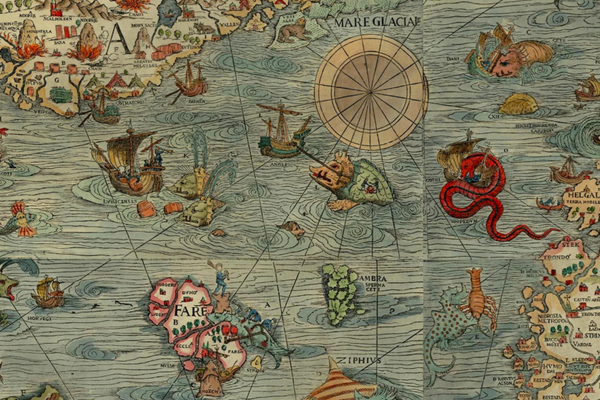




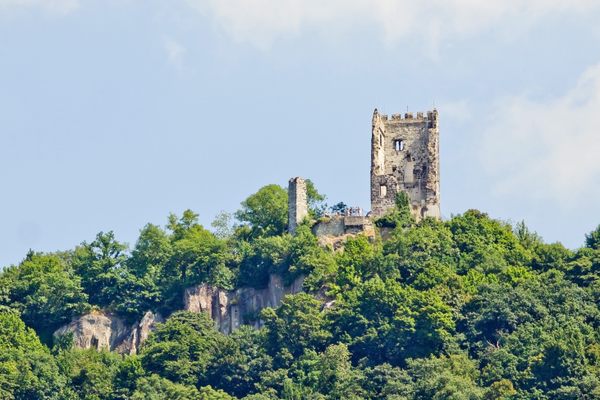
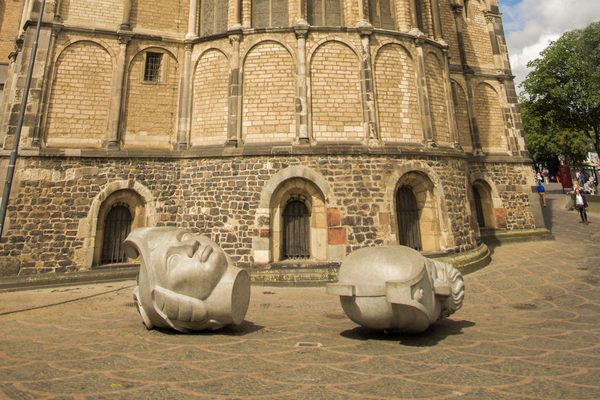


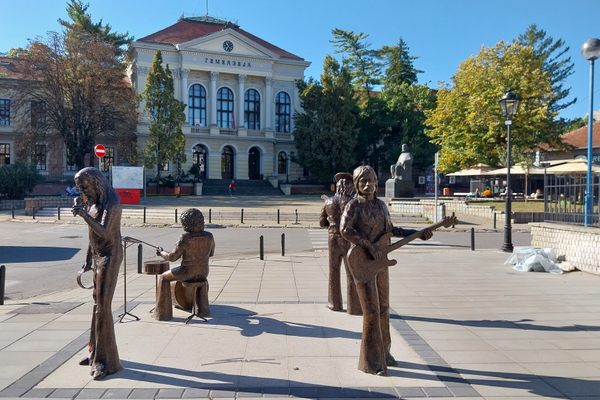

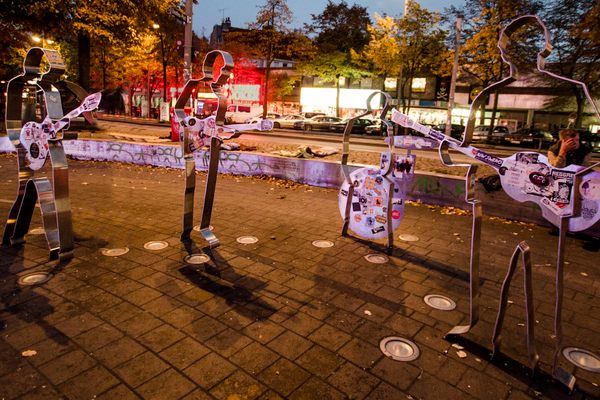
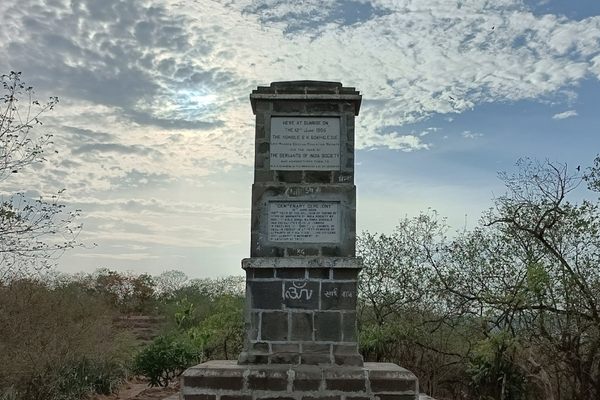

Follow us on Twitter to get the latest on the world's hidden wonders.
Like us on Facebook to get the latest on the world's hidden wonders.
Follow us on Twitter Like us on Facebook